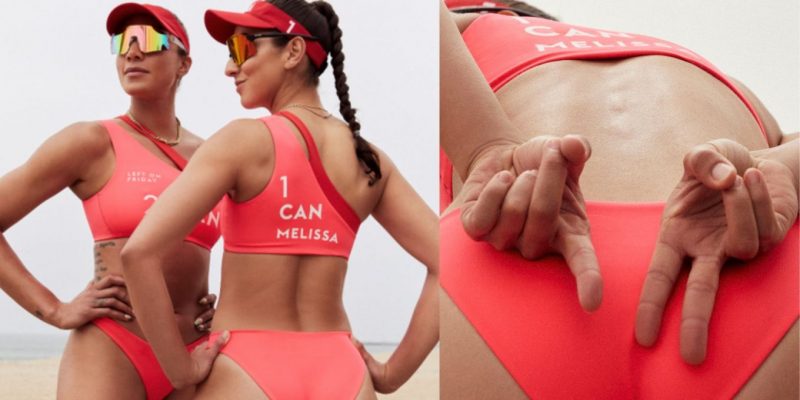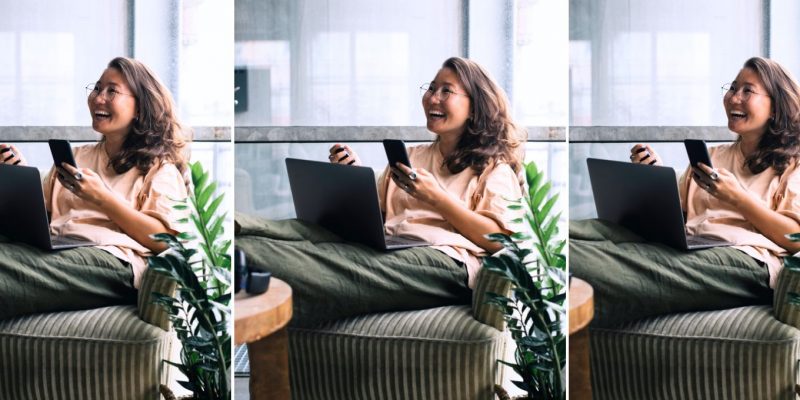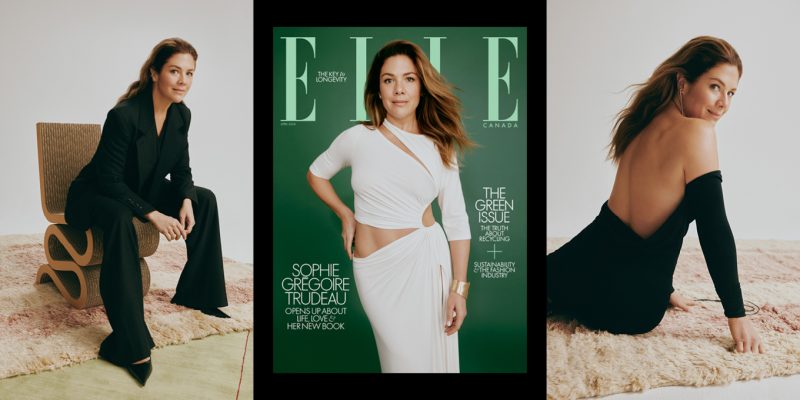Society
Meet Toronto Artist and TikTok Dancer Kiera Breaugh
Breaugh is complete artist who communicates with her body as well as with her words.
by : Catherine Genest- Mar 18th, 2022

Aidan Tooth
How would you describe your dance style?
I don’t feel like I have a very clear label, because what I do is pretty much at the crossroads of contemporary and hip-hop. I’ve been trained in many styles. I grew up in dance studios. I took ballet, jazz, tap, afro, hip-hop… As a child, I was already mixing the types of dance I liked the most.
How does TikTok help you as an artist?
Obviously, it helps me propel my career because of the exposure it gives me. It gives me a platform to share my work, but it also makes me think more about my intentions as an artist. I try not to put too much stock in other people’s perceptions, but the platform helps me to think more critically. I try to determine what message I want to convey.
And what is that message?
As a person of mixed race, I’ve found that my TikTok followers need representation, need to hear and see their stories. When I created my solo, called Barely Black, I didn’t know anyone who looked like me at my school or anywhere else. It’s not that people didn’t care about my experience as a biracial person, but I felt like no one was really able to understand me. It’s a chance today to share those experiences with my subscribers and help establish a dialogue.
You grew up in a predominantly white community in Toronto, where you were often the only Black or Métis student at your dance school. What do you remember about your early years?
It was hard for me to feel different. I felt like I didn’t fit in, that I didn’t fit in with the rest of the group. People looked at me differently or stereotyped me instead of seeing me as the person I really was. I tried to straighten my hair to be like the other girls, for example. It’s hard because in dance you have to conform to the group aesthetic in the shows. You have the same costume, the same hair, the same make-up.
In one of your recent podcasts, you talk about the misogynistic statements Drake has made in some of his songs. How do you incorporate your feminist values into your dance?
Actually, they’ve been there from the very beginning. The first piece I created when I was at university was called Wash, and it was very feminist. I wasn’t speaking in that show, but the trigger for the creation clearly came from my deepest convictions. One teacher even told me that it touched her to see that I was completely out of the male gaze, that I wasn’t creating movements in order to be attractive to men. I was pleased to hear that.
After your studies in Los Angeles, you chose to return to Canada. What motivated your decision?
I came back to Toronto because of the pandemic. That’s where I opened an account on TikTok, where I started reaching out to people. Even though the move wasn’t a choice at first, I had to face the fact that the scene in LA is completely saturated. Plus, in Canada, there is much more support for artists. It was a blessing in disguise.
Follow Kiera Breaugh on TikTok and Instagram.
Read more:
TikTok Teeth
Tia Wood Is a Cree and Salish TikTok Creator Sharing the Beauty of Her Culture Online
18 BIPOC TikTok Creators You Should Be Following
Newsletter
Join our mailing list for the latest and biggest in fashion trends, beauty, culture and celebrity.
Read Next

Fashion
This Canadian Swimwear Brand Designed Canada’s 2024 Women’s Olympic Beach Volleyball Team Uniforms
And they're *so* good.
by : Allie Turner- Apr 24th, 2024
Fashion
The Most Iconic Looks In Met Gala History, From 1973 To Now
40 years of the night that's all about trailblazing fashion.
by : ELLE Australia- Apr 24th, 2024

Beauty
Tested and Approved: A Skin Saviour That Works While You Sleep
Wake up with your glowiest skin yet—even if you didn’t clock eight hours.
by : ELLE Canada- Apr 11th, 2024




